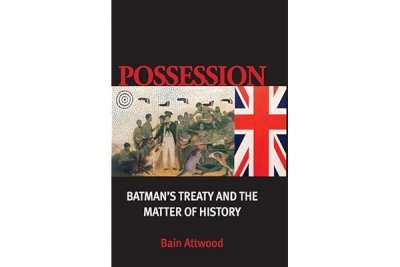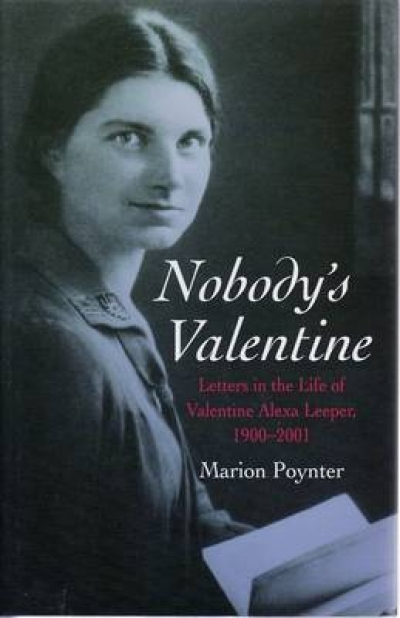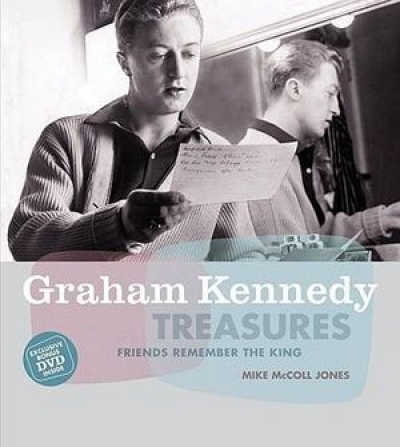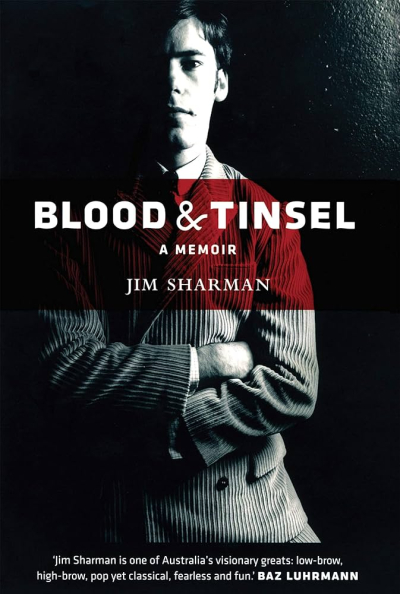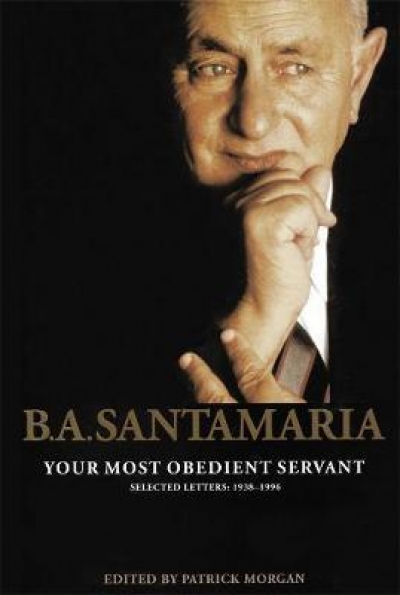Miegunyah Press
Possession by Bain Attwood & Shaking Hands on the Fringe by Tiffany Shellam
by Robert Kenny •
Nobody’s Valentine: Letters in the life of Valentine Alexa Leeper 1900–2001 by Marion Poynter
by John Rickard •
Gough Whitlam: A moment in history (Volume One) by Jenny Hocking
by Neal Blewett •
Graham Kennedy Treasures: Friends remember the king by Mike McColl Jones
by Sue Turnbull •
A Remarkable Friendship: Vincent Van Gogh and John Peter Russell by Ann Galbally
by Fiona Gruber •
A River Kwai Story by Robin Rowland & The Men of the Line by Pattie Wright
by John Connor •
With Love and Fury edited by Patricia Clarke and Meredith McKinney & Portrait of a Friendship edited by Bryony Cosgrove
by Lisa Gorton •
Modernism & Australia: Documents on art, design and architecture 1917–1967 edited by Ann Stephen, Andrew McNamara, and Philip Goad
by Anthony White •
B.A. Santamaria: Your most obedient servant: Selected Letters 1938–1996 edited by Patrick Morgan
by Brenda Niall •

